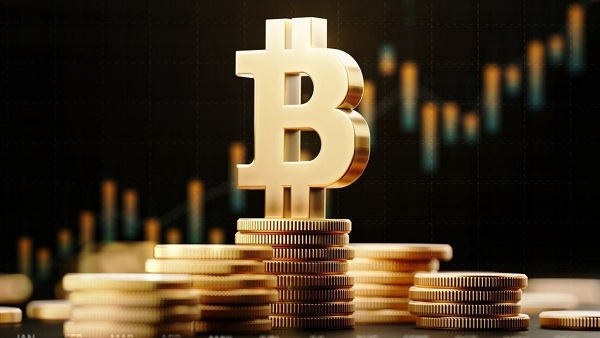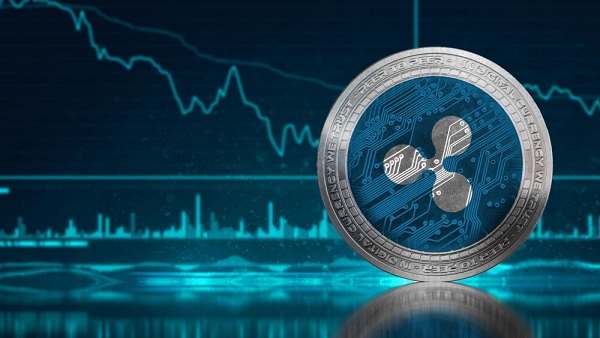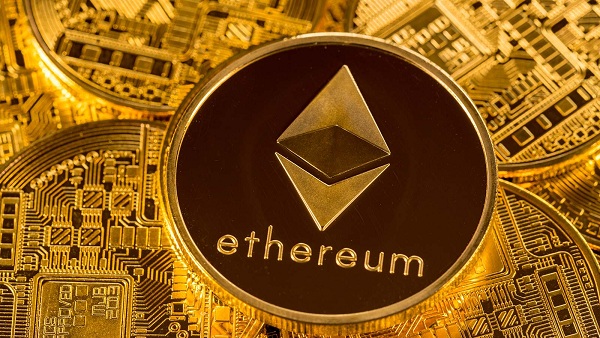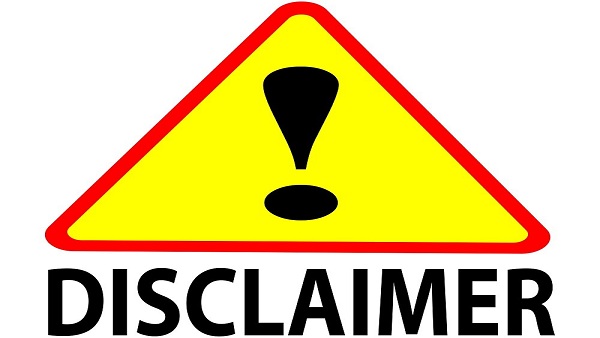ONGC
The Oil and Natural Gas Corporation is a state-owned crude oil and natural gas company in India. New Delhi is the company’s registered office. It is owned by the Indian government’s Ministry of Petroleum and Natural Gas. It has a market capitalization of Rs. 147,503.77 crores, putting it in first place. They can expect a high rate of return in the future if they invest a small amount now. Oil And Natural Gas Corporation Ltd. has declared an equity dividend of Rs 1.75 per share in the last 12 months. This equates to a dividend yield of 1.51 percent at the current share price of Rs 116.20.
In the past year, the stock has gained around 50% and is now rading at Rs 114 on NSE.
| Parameter |
Values |
| Market Cap (Rs. in Cr.) |
146434.45 |
| Earning Per Share (EPS TTM) (Rs.) |
8.94 |
| Price To Earnings (P/E) Ratio |
13.02 |
| Book Value Per Share (Rs.) |
156.48 |
| Price/Book (MRQ) |
0.74 |
| Price/Earnings (TTM) |
5.31 |
| ROCE (%) |
10.75 |
BPCL
Bharat Petroleum Corporation Limited is an oil and gas company owned by the Indian government. It is owned by the Government of India’s Ministry of Petroleum and Natural Gas, which is based in Mumbai, Maharashtra. BPCL has a PE ratio of 5.21 which is low and comparatively undervalued . Since June 18, 2001, Bharat Petroleum Corporation Ltd. has announced 33 dividends.
Bharat Petroleum Corporation Ltd. has declared an equity dividend of Rs 21.00 per share in the last 12 months. This translates to a dividend yield of 4.6 percent at the current share price of Rs 456.10. Over a three-year period, the stock returned 14.02 percent, while Nifty Energy returned 27.48 percent to investors.
| Parameter |
Values |
| Market Cap (Rs. in Cr.) |
98635.92 |
| Earning Per Share (EPS TTM) (Rs.) |
87.78 |
| Price To Earnings (P/E) Ratio |
5.18 |
| Book Value Per Share (Rs.) |
174.69 |
| Price/Book |
2.60 |
| Price/Earnings (TTM) |
4.28 |
| ROCE (%) |
6.61 |
Indian Oil Corporation
Indian Oil Corporation Ltd., or IOCL, is India’s third-largest public sector gas firm. Its shares are one of India’s most actively traded petroleum stocks, with a minimal level of market risk.
Each share is inexpensive, and an investor can purchase a huge number of them. The 52-week low was Rs 71.65, while the 52-week high was Rs 117. The dividend on IOCL shares is 5.07 percent, and it is distributed to shareholders in proportion to the number of shares they own.
The company’s net value is Rs.98,283.82 crores, and it is continually expanding. Indian Oil Corporation Ltd. has declared an equity dividend of Rs 12.00 per share in the last 12 months.
This translates to a dividend yield of 11.48 percent at the current share price of Rs 104.50.
| Parameter |
Values |
| Market Cap (Rs. in Cr.) |
97860.18 |
| Earning Per Share (EPS TTM) (Rs.) |
27.48 |
| Price To Earnings (P/E) Ratio |
3.78 |
| Book Value Per Share (Rs.) |
108.85 |
| Price/Book (MRQ) |
0.95 |
| Price/Earning (TTM) |
2.72 |
| ROCE (%) |
15.91 |
Gujarat Gas
The Gujarat State Petroleum Corporation owns it, and its market value is Rs. 52,937.20
crores. The company was founded in 1980 and now serves the entire state of Gujarat as the largest city distributor.
Gujarat Gas Ltd. shares have successfully crossed the 52-week low and are currently trending higher.
| Parameter |
Values |
| Market Cap (Rs. in Cr.) |
53832.11 |
| Earning Per Share (EPS TTM) (Rs.) |
18.53 |
| Price To Earnings (P/E) Ratio |
42.20 |
| Book Value Per Share (Rs.) |
54.28 |
| Price/Book (MRQ) |
14.41 |
| Price/Earning (TTM) |
33.30 |
| ROCE (%) |
29.17 |
Hindustan Petroleum
With headquarters in Mumbai, Maharashtra, Hindustan Petroleum Corporation Limited is a subsidiary of Oil and Natural Gas Corporation. It has a 25% market share among public sector undertakings in India, as well as a strong marketing infrastructure. HPCL (Hindustan Petroleum Corporation Ltd.) is one of the country’s main natural gas service providers.
HPCL currently has a net value of Rs. 37,577.35 crores, and this figure is expected to rise consistently as the company expands its portfolio.
Since July 27, 2000, Hindustan Petroleum Corporation Ltd. has announced 32 dividends. Hindustan Petroleum Corporation Ltd. has declared an equity dividend of Rs 22.75 per share in the last 12 months. At the current share price of Rs 265.05, this translates to an 8.58 percent dividend yield.
| Parameter |
Values |
| Market Cap (Rs. in Cr.) |
37570.25 |
| Earning Per Share (EPS TTM) (Rs.) |
67.99 |
| Price To Earnings (P/E) Ratio |
3.90 |
| Book Value Per Share (Rs.) |
230.47 |
| Price/Book (MRQ) |
1.15 |
| Price/Earning (TTM) |
2.84 |
| ROCE (%) |
4.17 |
GAIL India
GAIL Limited, located in New Delhi, India, is a government-owned natural gas corporation responsible for natural gas processing and distribution in India. It is owned by the Indian government’s Ministry of Petroleum and Natural Gas. Since September 3, 2001, GAIL (India) Ltd. has declared 42 dividends.
GAIL (India) Ltd. has issued an equity dividend of Rs 5.00 per share in the last 12 months.
This calculates to a dividend yield of 3.49 percent at the current share price of Rs 143.45.
| Parameter |
Values |
| Market Cap (Rs. in Cr.) |
63941.55 |
| Earning Per Share (EPS TTM) (Rs.) |
11.01 |
| Price To Earnings (P/E) Ratio |
13.08 |
| Book Value Per Share (Rs.) |
102.13 |
| Price/Book (MRQ) |
1.41 |
| Price/Earnings (TTM) |
9.41 |
| ROCE (%) |
17.08 |
Adani Gas
Adani Total Gas is building City Gas Distribution (CGD) Networks to distribute Piped Natural Gas (PNG) to the industrial, commercial, residential, and transportation sectors, as well as Compressed Natural Gas (CNG). Adani Total Gas Ltd, the Adani Group’s city gas joint venture with TotalEnergies of France, announced a three-fold increase in its June 2021 quarter net profit to Rs 138 crore on Wednesday, Adani Total Gas declared three dividends.
Adani Total Gas Ltd. has declared an equity dividend of Rs 0.25 per share in the last 12 months.
This equates to a dividend yield of 0.03 percent at the current share price of Rs 885.00.
| Parameter |
Values |
| Market Cap (Rs. in Cr.) |
98103.06 |
| Earning Per Share (EPS TTM) (Rs.) |
5.13 |
| Price To Earnings (P/E) Ratio |
173.94 |
| Book Value Per Share (Rs.) |
15.11 |
| Price/Book (MRQ) |
59.02 |
| Dividend Yield |
0.03 |
| Face Value |
1.0 |
| Price/Earning (TTM) |
210.3 |
| ROCE (%) |
31.07 |
Disclaimer
Petronet LNG, Mahangar Gas, Indraprastha Gas, GSPL are some of the other popular gas companies in India.
Investing in stocks is risky and investors should do their own research. The author, the brokerage firms or Greynium Information Technologies are not responsible for any losses incurred due to a decision based on the above article. Investors should hence exercise due caution as the Nifty has now crossed an historic peak of 16,000 points. Please consult a professional advisor.


























